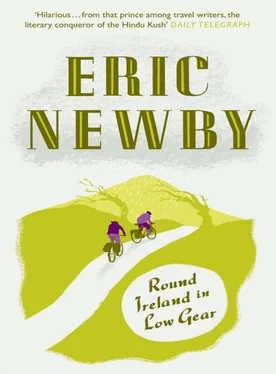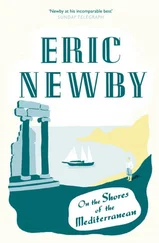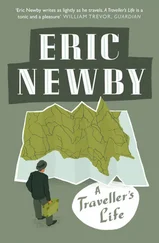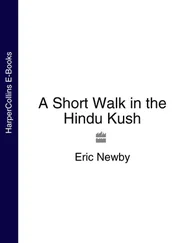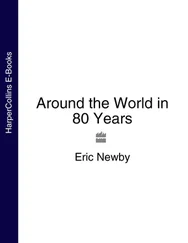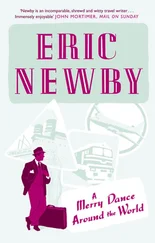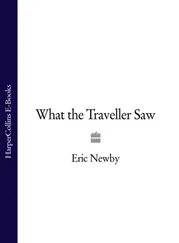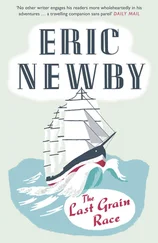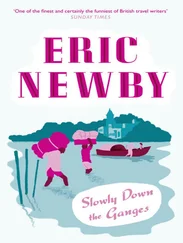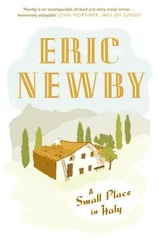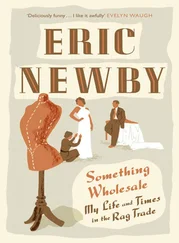1 ...7 8 9 11 12 13 ...19 In spite of these horrors the Franciscans of Quin appear to have been more or less ineradicable. Although driven out of their Friary they contrived to remain in the neighbourhood for the next 150 years. The last surviving member of the order at Quin, Father John Hogan, died in 1820 and his tomb is in the north-east cloister.
Up to now Wanda had been doing very well with her cycling, but after tea at Malachy’s Bar some of the fight appeared to go out of her and when I suggested that we should go and look at Danganbrack, perhaps the most extraordinary of all the fortress houses of the Macnamaras, which the Shell Guide said was three quarters of a mile east-north-east, and which I said, having been there twenty years previously, was only half a mile north-north-east, she said, ‘All right, providing you’re sure it isn’t five miles,’ but without much enthusiasm. But then she hadn’t seen it, as I had twenty years ago.
Then, I had reached it by a tree trunk bridge over a deeply sunken stream at the end of a very muddy track which ran east-wards from a road that led due north from Quin to nowhere. There, in a field, I saw what was known as the ‘ill-fated tower of Mahon Maechuin’, in which the Cromwellian troops, after taking it, spent some time refreshing themselves before moving on that night in 1651 to sack the Abbey. One woman escaped from the tower to bring news of what was happening to Hugh O’Neill, the beleaguered defender of Limerick, which at that time was invested by a Cromwellian army commanded by Henry Ireton until, after six months, he died of the plague.
I remembered Danganbrack as a miniature skyscraper over-grown with ivy as thick as a ship’s hawsers, with machicolations 6 and tall gables crowned with chimneys. The ground floor was used as a byre and the lower courses supporting it looked dangerously eroded. The doorway was whitewashed, presumably to discourage the cattle from butting the doorposts and bringing some thousands of tons of masonry down about their ears. I wondered if it was still standing. By the time I thought of asking someone, as is usual in such moments, there was no one to ask.
The first track we now took was certainly muddy enough to be the right one, and it led more or less due east, but after a few hundred yards it made a ninety-degree turn to the north and eventually delivered us into a farmyard filled with liquid mud and policed by a pair of ferocious amphibious sheep dogs. ‘And what are you thinking of doing now?’ my helpmeet and companion in life’s race asked me when we were back on the road.
I looked at the Irish half-inch map – the one-inch map had not been on offer when I was stocking up with them – and heartily wished that it had been the latter. Those half inches make all the difference between locating a fortress house of the Macnamaras and being eaten alive by sheep dogs in a pool of slime.
‘Give up,’ I said. ‘There’s only one castle marked on this map that fulfils anyone’s description of where it really is, dammit. I’ve even got a six-figure map reference. We must have been within feet of it at that farm. But why didn’t we see it? It’s almost as tall as the Woolworth Building. It must have fallen down.’
So we gave up. And as to whether Danganbrack is still standing, we didn’t meet anyone to ask in the succeeding ten miles or so, and when we did meet someone he didn’t know and thought we were enquiring about some new brand of breakfast cereal.
By now both of us were consumed by the unspoken fear that the short December day might give out and leave us blundering about on our bikes in Irish darkness, far from our destination. This was a farm near Crusheen, where we had stayed some eighteen years before, but it was still miles away to the north, and its occupants were still blissfully unaware that we were proposing to stay with them. En route we made one rapid detour down a lane to see Magh Adhair, the Inauguration Place of the Kings of Thomond (now County Clare), one of whom was Brian Boru, High King of Ireland – a grassy mound surrounded by a deep ditch by the banks of the Hell River. On the far side of the river there was a tall, slender standing stone which probably had some ceremonial significance, though the actual inauguration is thought to have taken place under a great oak tree nearby.
This mound has a violent history. In 877 Lorcan, King of Thomond, whose crowning place it was, fought a battle there against Flan, High King of Ireland, which sounds as if it had more of the quality of opera bouffe. In the course of it Flan, to denigrate his adversary and to decrease the sanctity of the place, started to play a game of chess on the mound – a present-day equivalent from the point of view of sacrilege would be to play Bingo in Westminster Abbey – but was driven from it by Lorcan, whose fury can only be imagined. Forced to take refuge among the thorn thickets in which the area still abounds Flan promptly got lost and after three days blundering about in them had to surrender. Two other kings, Malachy, High King of Ireland in 982, and Aedh O’Conor, King of Connacht in 1051, committed even greater sacrilege by cutting down the sacred tree, which must have been pretty small the second time round. The last Coronation took place there in the reign of Elizabeth I.
Standing on this mound, looking out over what is partly a natural amphitheatre at the beginning of a long-drawn-out and sulphurous sunset, the feeling of mystery that this place would otherwise have had about it was destroyed by a ribbon of brightly lit bungalows along a nearby lane. It was only going to be a matter of getting a few more building permissions before Magh Adhair would be completely hemmed in by them, a triumph for the developers who will have succeeded in destroying what more than a thousand years, three kings and innumerable wars have failed to do.
Then we set off on what proved to be an interminable ride past O’Brien’s Big Lough and Knocknemucky Hill, at 239 feet the highest point in a plain that extended all the way north from the Shannon estuary to Galway Bay. By the time we reached Crusheen, at a crossroads on the fearful N18, it was quite dark. The only human beings we had seen on our journey from Quin, a distance of some seven or eight miles, were two small boys playing outside the lodge gate of a demesne. There were three pubs at Crusheen, and parked outside them were a number of huge heavy goods vehicles, drop-outs from what was currently taking place on the N18 which looked like an HGV version of the Mille Miglia. Inside, one hoped, their drivers were taking it nice and steady and not mixing the J. Arthur Guinness Extra Stout with the Paddy, or vice versa. Of the three, we chose O’Hagerty’s, the inside of which was even more attractive than the outside, small and snug and a sort of amber colour, a compound of varnish and smoke applied liberally to what was perhaps, half a century ago, white lincrusta. Mr O’Hagerty had been a horse breeder and dealer until one bad day he was kicked in the neck by one of his stallions. This had left his neck and left hand partially paralysed but had by no means destroyed his animation; in fact he was such a great conversationalist and raconteur that, listening to him, we wondered what he must have been like before his mishap. He talked about Irish tinkers or, as they themselves like to be called, ‘travelling people’, with whom he had an affinity because of a shared passion for horses; and about the great horse fairs, the best of which he said was and still is the one held at Spancil Hill in June each year. Mr O’Hagerty remembered the horses being brought in to Spancil Hill, nose to tail, from as far away as Cork, by drovers who slept rough in the open and kept going on tobacco and booze.
While he was telling us all this we drank strong, orange-coloured, very sweet tea brewed by Mrs O’Hagerty and ate slices of a delicious cake, one of a number she had made for Halloween, which was remarkably fresh considering that she had baked it thirty-seven days previously. The only other visitor while we were there – he could scarcely be described as a customer – was a rather grim-looking elderly priest who had come to empty a collecting box for some overseas mission and who didn’t seem exactly overjoyed at what he found in it.
Читать дальше
